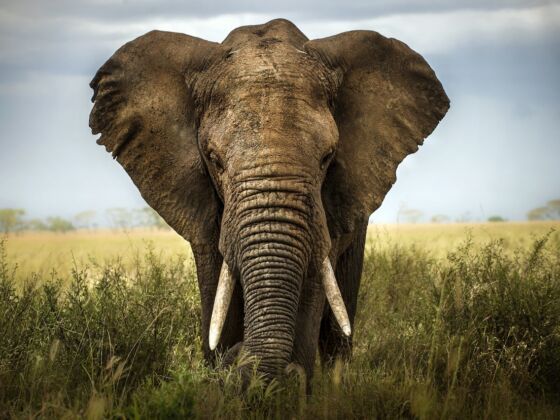Andy and fellow Epicocity Project memberTrip Jennings landed in the Democratic Republic of Congo the day before. Fellow team member, Kyle Dickman, is writing and blogging about the project on National Geographic’s blog.
A couple of months ago, Matador covered the crew’s Amazon expedition, and now they’re on a new mission: The Elephant Ivory Project, which has received two grants from National Geographic.
